 I am a massive Sadie Jones fan. The Outcast was a debut from a writer of the highest calibre that could easily stand up to comparisons to Ian McEwan. Small Wars only confirmed this but The Uninvited Guests didn’t connect with me. So there was a little trepidation before I started reading her new book. Completely unnecessary trepidation because not only was this the Sadie Jones I loved, this was Sadie Jones at her absolute best.
I am a massive Sadie Jones fan. The Outcast was a debut from a writer of the highest calibre that could easily stand up to comparisons to Ian McEwan. Small Wars only confirmed this but The Uninvited Guests didn’t connect with me. So there was a little trepidation before I started reading her new book. Completely unnecessary trepidation because not only was this the Sadie Jones I loved, this was Sadie Jones at her absolute best.
The novel is set in and around the world of London theatre in the early 1970s. Luke Kanowski is a young playwright destined for big things. Big things not possible until he meets Paul Driscoll and Leigh Radley. Their friendship allows Luke to put his turbulent past behind him and introduces him to the fringes of the London theatre scene. Together they look set to change the world.
Interspersed with Luke, Paul and Leigh’s story is Nina Jacobs. The daughter of a failed actress she is bullied into the same career. Her marriage to a producer supplements her mother’s cruelty. When her life intersects with Luke their affair threatens to consume everything and everyone. And the world Luke is set to change threatens to shatter completely
This is a wonderfully constructed novel that unfolds like a play. Each character is so vividly drawn especially Luke whose internal and external emotional confusion ricochets around everybody he meets. It is an intense novel of friendship and a deeply passionate love story. But it is also deceptively volatile keeping you enthralled until the very last words on the page.
Sadie Jones is an author like no other. The Outcast reminded me a mot of Ian McEwan but she is well beyond that now. I may not have liked her last book but that means nothing. Great writers should always strive to be different and take their craft where they see fit and The Uninvited Guestsresonated with many other readers. Her new novel though is simply sublime and I am over the moon that she has reaffirmed, for me, her immense talent.
Buy the book here…
By Liz Wollman
Colony Records, which will close on Saturday, September 15th after 64 years of business, is no mere record store. A cavernous, crowded, and never particularly tidy place, Colony has kept one foot firmly in its Tin Pan Alley past, and the other in its media-saturated present. The largest and easily most famous provider of sheet music in New York City, Colony also houses cassettes, CDs, DVDs, karaoke recordings, an absolutely enormous collection of records, and all kinds of memorabilia: pop music action figures and Beatles mousepads; signed, fading photographs of A-, B-, and C-list celebrities from every decade that the store has been open; novelty key chains and promotional buttons from countless Broadway musicals; old concert programs, playbills, and t-shirts; Ramones coffee mugs and “Glee” lunchboxes; and locked shrines in dank corners, filled with dusty Frank Sinatra, Marilyn Monroe, and Elvis Presley collectibles. The staff, depending on whom you talk to, is comprised either of snobbish, standoffish jerks or brilliant, walking encyclopedias who can help you locate a piece of sheet music within seconds of your humming a few notes from the song in question, no matter how obscure. I suppose that genius and churlishness, just like Tin Pan Alley and rock and roll, are hardly mutually exclusive; the owners’ understanding of this is, in the end, likely why Colony managed to last as long as it did.
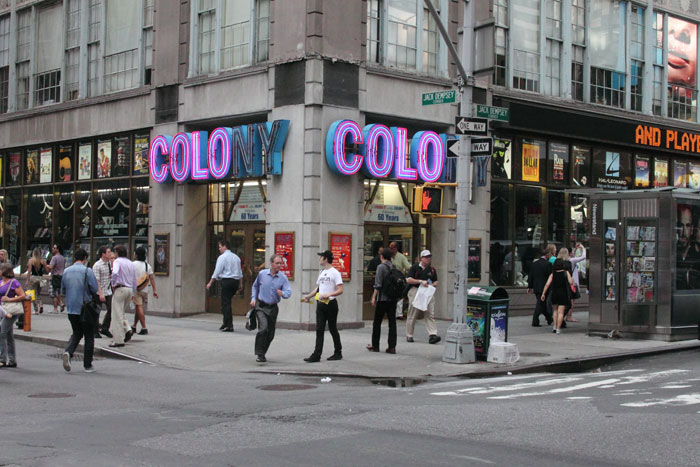
Photo by William Ruben Helms. Used with permission.
Colony Sporting Goods became Colony Records when its owners, Harold S. (“Nappy”) Grossbardt and Sidney Turk, took it over in 1948. Their sons, Michael Grossbardt and Richard Turk, are the current and will be the last owners. Initially located at 52nd Street and Broadway, Colony moved in 1970 to the Brill Building, at Broadway and 49th Street, where it has remained. On a typical day, visitors to the store include tourists from all over the world, members of the theater industry, professional and amateur musicians, and record and memorabilia collectors. Countless celebrities have patronized Colony in its six decades: Benny Goodman, Miles Davis, Frank Sinatra, John Lennon, Elton John, Neil Diamond, and Jimi Hendrix. The bizarrely image-conscious Michael Jackson used to make furtive visits via a back entrance, specifically to buy up enormous amounts of his own memorabilia. According to lore, both Bernadette Peters and Dusty Springfield decided to become entertainers after merely walking by the store and hearing music emanating from it. When James Brown visited, he apparently exclaimed, “This smells like a music store!”
He’s right; it does. And before paying my last visit to Colony this past week, I’d completely forgotten what a music store smells like. Also, what one looks like and feels like.
I am no stranger to Colony. I’ve bought plenty of sheet music from them in the 25 years that I’ve called myself a New Yorker. In that stretch of time, I have been, at various times and sometimes simultaneously, a reasonably good vocalist, a truly terrible pianist, a middling guitar player, and a music scholar who writes frequently about the post-1960 stage musical. I’m not an atypical patron, I think. In the weeks since news of Colony’s closing broke, I’ve heard plenty of people mention that they used to go there regularly when they dabbled in trumpet or in cello, or taught guitar or voice lessons, or before they decided to quit pursuing a career in the theater, or before Amazon started carrying everything they needed.
Yet despite how much it has served us New Yorkers — not to mention the millions of tourists who stroll, sometimes maddeningly slowly, through Times Square at some point during their visit here — I wasn’t terribly surprised by the news that Colony had fallen prey to declining sales, the Internet, and (the final straw) a landlord who plans to quintuple the rent of the store. None of this is shocking, especially when it comes to commercial real estate in Manhattan, which at this point heavily favors conglomerates. Really, the big news to me, at least initially, was not that Colony was closing. It is that Colony has managed to stay open for so very long.
Think about it: Colony opened in 1948. During the 1950s, rock and roll arrived, purportedly to destroy Tin Pan Alley in one fell swoop. During the 1960s, again purportedly, young people en masse abruptly turned their backs on the musical tastes of their elders. During these decades, Colony only grew in size — —so large, in fact, that its owners had to relocate. Its move, in 1970, coincided with one of the darkest periods in New York City’s history. Mired in financial crisis, and inching dangerously close to bankruptcy, New York was hardly a happy place in the 1970s. Times Square, Colony Records’ new home, had become internationally notorious — a sleazy, crime-ridden example of everything that had gone wrong with the urban jungle.
And yet Colony survived it all. It outlasted Beatlemania, psychedelia, disco, punk, hair metal, and hip-hop, MTV, VH1 and the first two decades of the Internet. It outlasted Napster and the dot-com boom. It outlasted Tower Records, HMV, Patelson’s, and Footlight Records. Arguably, it even outlasted, for a while at least, the neighborhood around it; Times Square was given a Disneyfied “facelift” in the early 1990s, which has resulted in a more tourist-friendly and seemingly safer, if also increasingly generic and corporate urban environment. Since it first opened in the postwar era, Colony has grown with and adapted to the times in ways that none of its past competitors managed. My initial reaction, then, was merely to praise Colony — not to mourn it for a second — because in the end, sixty years is a pretty impressive run for a family-owned business in the middle of Times Square.
But then I went to visit, and my logic gave way to a surprisingly emotional wave of nostalgia.
James Brown was right: it’s the smell of the place that gets you first — a mix of old, comfortably dusty things; of vinyl and paper and cool, musty formica. The sounds, too: a mix of Beatles songs blasted through the speaker, competing with several languages being spoken by as many tourists. “Look, honey, a Lady Gaga backpack!” a woman with a thick Long Island accent shouted down the aisle at her absolutely mortified pre-teen son. A man in a suit and sunglasses paced back and forth through the brass section while he talked shop on his phone. “We need to give them more bang for the buck this year,” he said. “Maybe we could get another few animals up on the stage this time around?” As “Strawberry Fields” came on over the speakers, I wandered through the aisle of picked-over cassette tapes, passed a group of Italian women looking at Beatles memorabilia, and found a huge basket of promotional pins from past Broadway musicals. I grabbed three, almost at random, from shows that all flopped at least a decade ago: Nick and Nora, Mayor, James Clavell’s Shogun: The Musical. The producers of those shows would have killed for even a fraction of the run that Colony has had.
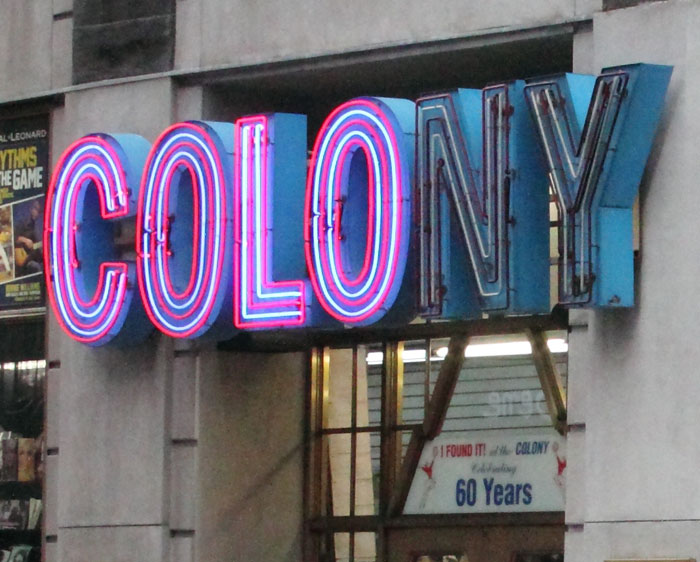
Photo by William Ruben Helms. Used with permission.
I was about to leave, but then I started rifling through music books for the sake of rifling through music books. New ones, used ones, ones for woodwinds, piano, violin, voice, and guitar. They are, I am sure, all available online should I ever decide to become a terrible violinist or a horrible oboeist. But wandering through so much sheet music, being able to reach out and touch it, page through it, admire the quality of the paper is — much like spending an hour or two in a store flipping through records, or cassettes, or CDs — something I’d completely forgotten the pleasure of. I’ve spent a great deal of my life killing time in stores like these. I miss them, even as I understand that times change and modes of commerce with them. The automats are gone, too, from Times Square. So are the dime museums, the grindhouses, the arcades and the penny restaurants, and yes, the notorious if occasionally hilarious XXX theaters (a favorite marquis post from the early 1980s: “Hot As Hell! A Potent Groin Grabber!!”). I am sure that whatever chain store opens up in the place of Colony — be it a Gap, an Urban Outfitters, or a particularly snazzy Applebees — will, someday, also eventually close up shop.
I ended up purchasing the three pins, along with two used books of classic rock and pop songs “for very easy guitar,” which is about my speed these days. Warren, the longtime Colony employee who rang me up, gave me one of the pins for free, and then called my attention to the song that had come on over the speakers. “Man, this is the Beatles before they even sounded like the Beatles, you know?”
“Sure,” I replied, snapping out of my fog of nostalgia to focus on his. “Because it wasn’t their song, right? It was one of the songs they covered. It was originally by — by –”
“It’s ‘Matchbox,’” he said. “Carl Perkins. 1955? No. 1956.”
I chuckled. “Thanks.” I said, taking my bag and preparing to leave Colony for the last time, and realizing that my eyes were welling up. “For everything. I’ll miss you.”
He didn’t look surprised at all. “I know,” he said, gently. “We’ll miss you, too.”
Elizabeth L. Wollman is Assistant Professor of Music at Baruch College in New York City, and author of Hard Times: The Adult Musical in 1970s New York City and The Theater Will Rock: A History of the Rock Musical, from Hair to Hedwig. She also contributes to the Show Showdown blog.
Subscribe to the OUPblog via email or RSS.
Subscribe to only music articles on the OUPblog via email or RSS.
View more about this book on the 


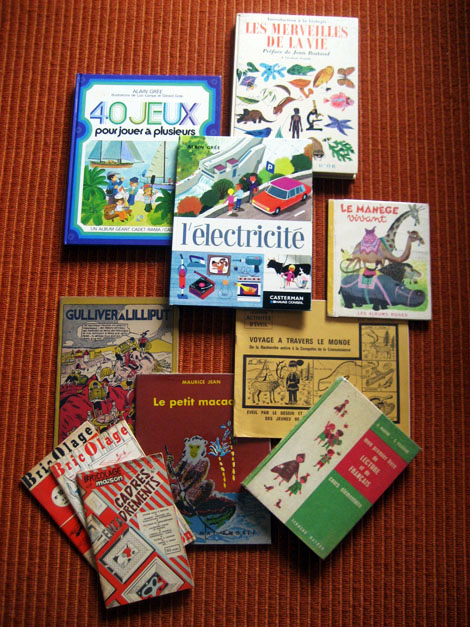
On a recent and most adventurous trip to the South of France, I had the pleasure of visiting the small village of Montolieu. Known as the “Village of Books,” Montolieu has a grand array of artisans that specialize in book binding and printing as well as antiquarian bookstores specializing in everything from vintage periodicals and antiquities to comics, art and kids books.
Today’s post will unearth some of my favorite finds from my trip, including books illustrated by J.P. Miller, Charley Harper, and Alain Gree.
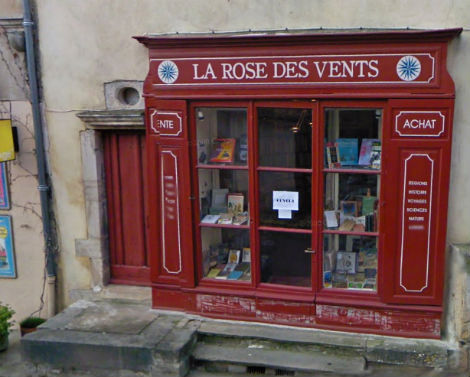
I went with a few other folks to Montolieu during the awkward hour of 11:30A, which is right before all shops close up for lunch. I was on a time crunch, and the first (and only) bookstore I visited was La Rose Des Vents, which translates to “The Compass” in English. The shop was fairly small and had two rooms, with regional and history books in the front and children’s books in the back.
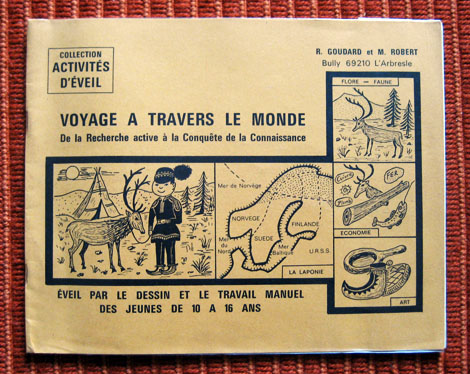
While there, I was able to find a few neat books, including a drawing book titled Voyage a Travers Le Monde (Journey Through the World), c. 1974. The book provides instructions on how to draw various cultures from around the world, not by any means accurately by the way.
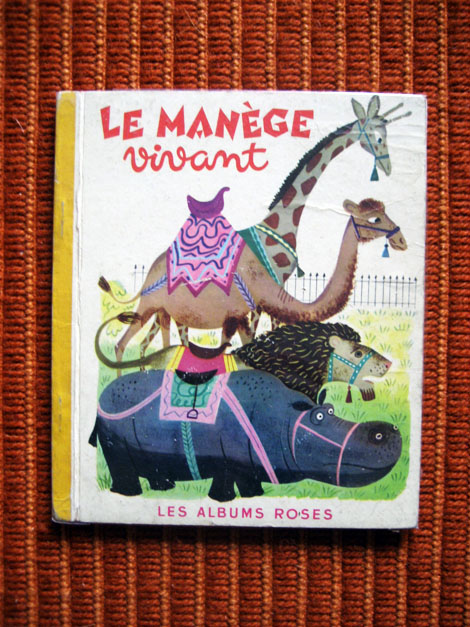
In addition to that book, I was able to find Le Manege Vivant (c. 1950), which is the French edition of The Marvelous Merry-Go-Round, written by Jane Werner and illustrated by J.P. Miller. I had not seen the book before, and the hippo alone on the cover was enough reason to hold onto it! Upon opening the book, I was pleased to see so many whimsical and colorful illustrations, trademark of Miller’s style.
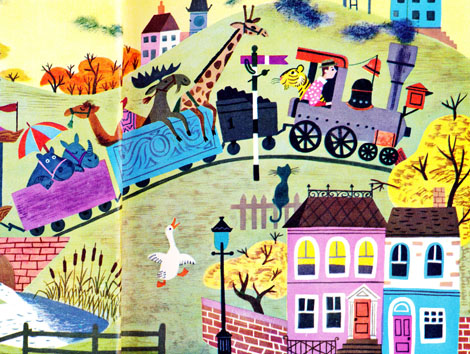
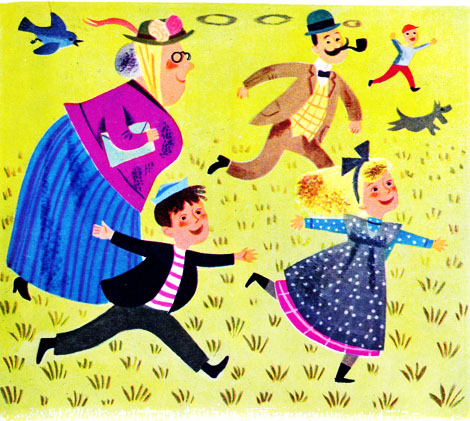
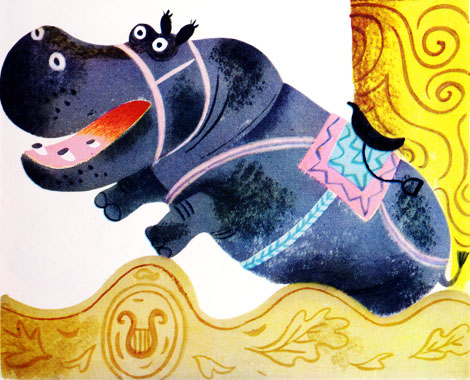
![]()
Here’s part two. You may notice that the formatting is unbelieveably horrible. I tried to fix it, but I’ve given up now.
7. The Trumpet of the Swan, by E.B. White

The dust jacket on my copy is long since lost.
So, here’s an unpopular opinion for you: this is the best E.B. White book. Charlotte’s Web is pretty good. I like it a lot. Stuart Little coasts on the fact that tiny things are cute. The Trumpet of the Swan is better than either of them. When I was little, I also thought it was completely hilarious — I would reread bits and sit there giggling to myself — but it’s probably only moderately funny. That’s okay, though, because it’s clever and thoughtful and enormously weird, and when it comes to children’s books, that’s what I want most.
The Trumpet of the Swan, for those of you unlucky enough not to have read it, is about a mute trumpeter swan named Louis. He can’t attract a mate without being able to make trumpet-y noises at her, so his father goes off and steals him a trumpet, and the rest of the book is all about people being wowed by his excellent trumpet-playing skills, which makes me happy because one of my favorite things in books is characters who are really good at what they do (cf. Carry On, Mr. Bowditch, two of the three books in the final section of this list, and that post I will someday write on Trustee from the Toolrom). Anyway, it’s a wonderful book all around, and a deeply satisfying one. Most books that I like leave me wanting to know more, but I think it’s actually better when a book gives you exactly as much as you need, and this is one of those.
***
6. Carry On, Mr. Bowditch, by Jean Lee Latham

I think this cover is gorgeous.
Okay, here’s one I read several times when I was, oh, maybe twelve? I ran across it at a used bookstore last summer, and thought, “I adored that book. Why haven’t I thought about it for the last dozen years?” And then I reread it, and, as it turns out, I still adore it.
This is a fictional take on the life of Nathaniel Bowditch, who revolutionized navigation in the late 18th century. Latham introduces us to Nat as a kid about to be apprenticed to a ship chandlery in Salem in the 1770s, and from there we follow his struggles to educate himself and others. It’s a sad book, because massive numbers of people die, but it helps to know that they’re real people who died, rather than characters the author is gratuitously killing off. And also, it’s an incredibly moving book, and I think it owes some of that to the historical environment. Nat’s family is very poor, and a career at sea includes the possibility of death, and Latham doesn’t minimize those things.
And then there’s the people-being-really-good-at-what-they-do thing. It’s fun to see Nat surprising people with his surreptitiously acquired book-learning, and it’s even better to see him winning over his shipmates with his expertise on practical matters. Especially
 I am a massive Sadie Jones fan. The Outcast was a debut from a writer of the highest calibre that could easily stand up to comparisons to Ian McEwan. Small Wars only confirmed this but The Uninvited Guests didn’t connect with me. So there was a little trepidation before I started reading her new book. Completely unnecessary trepidation because not only was this the Sadie Jones I loved, this was Sadie Jones at her absolute best.
I am a massive Sadie Jones fan. The Outcast was a debut from a writer of the highest calibre that could easily stand up to comparisons to Ian McEwan. Small Wars only confirmed this but The Uninvited Guests didn’t connect with me. So there was a little trepidation before I started reading her new book. Completely unnecessary trepidation because not only was this the Sadie Jones I loved, this was Sadie Jones at her absolute best.




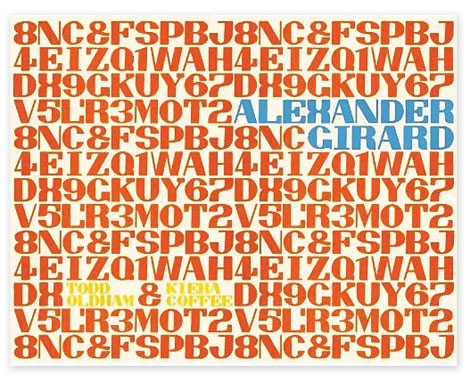
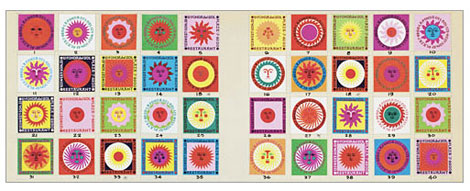
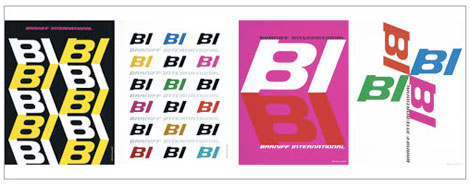
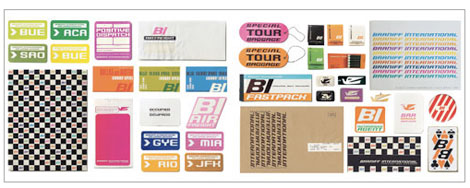
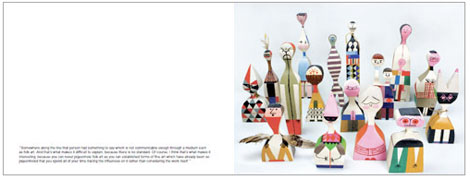
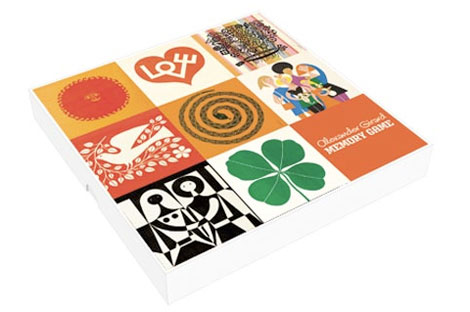
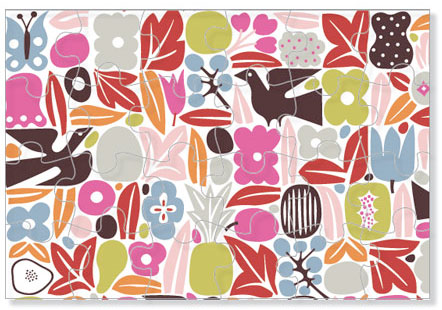
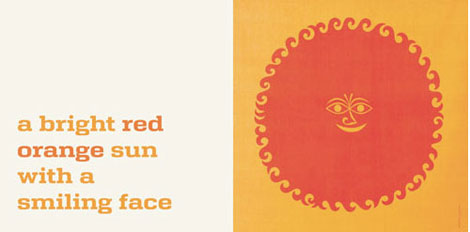

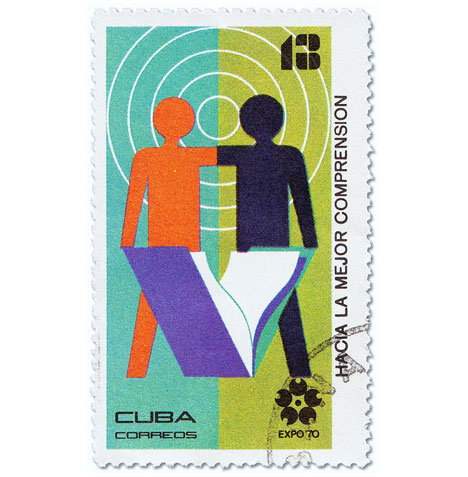
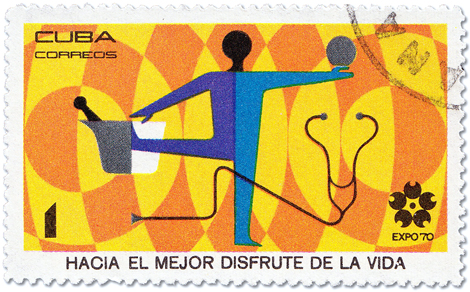
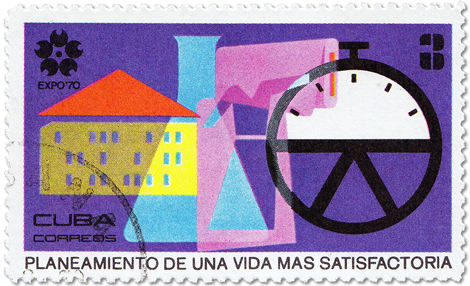










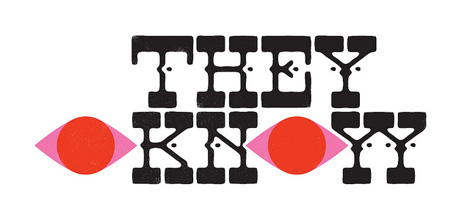
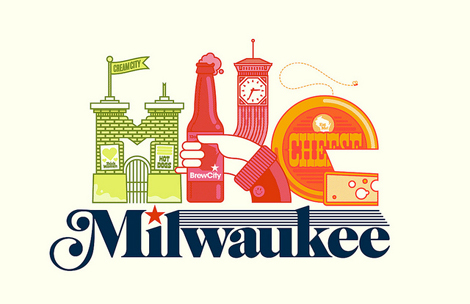

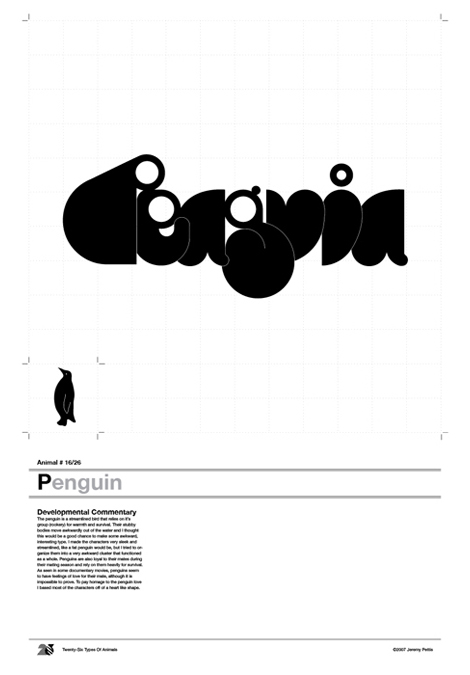

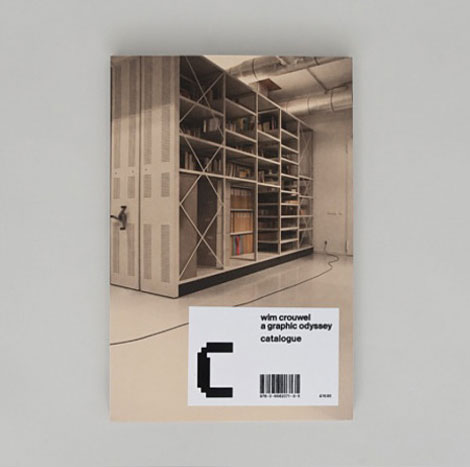
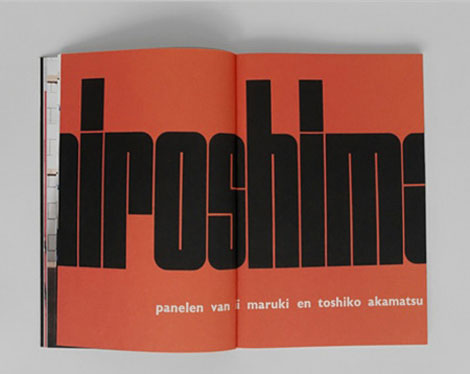

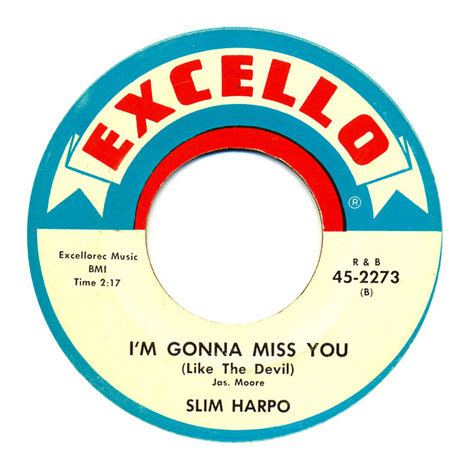
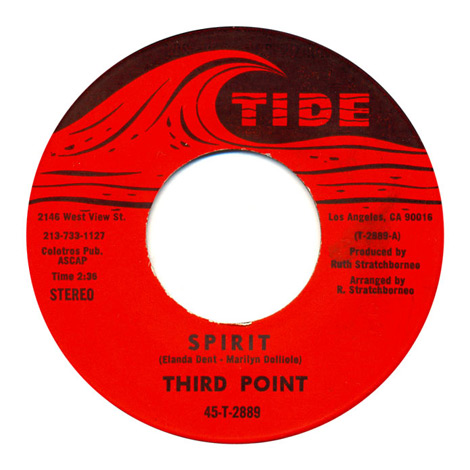
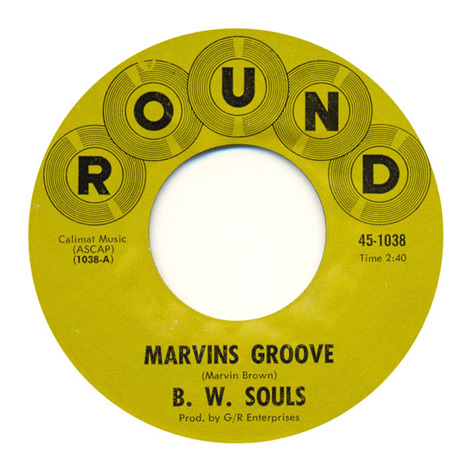
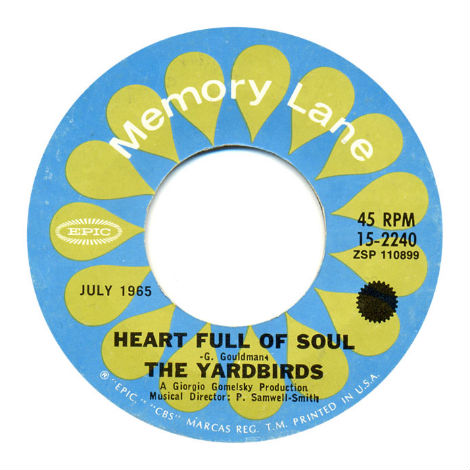
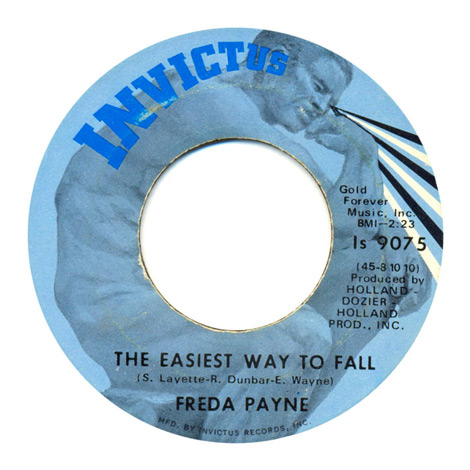
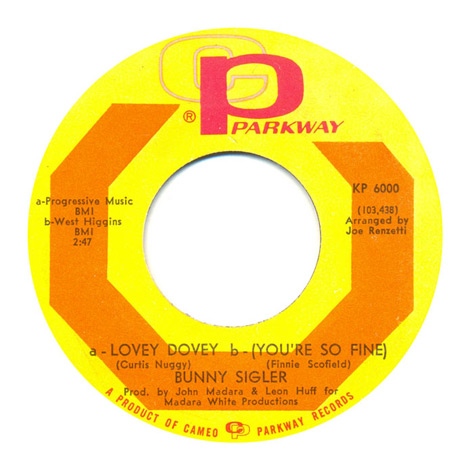
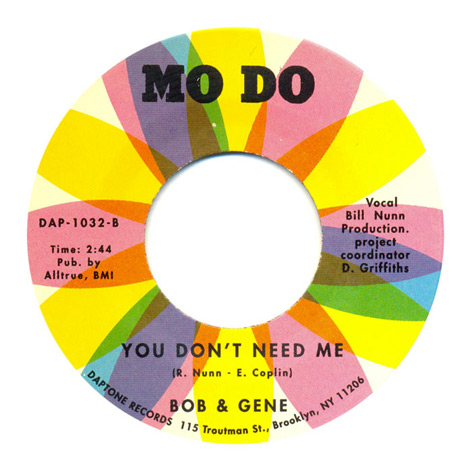
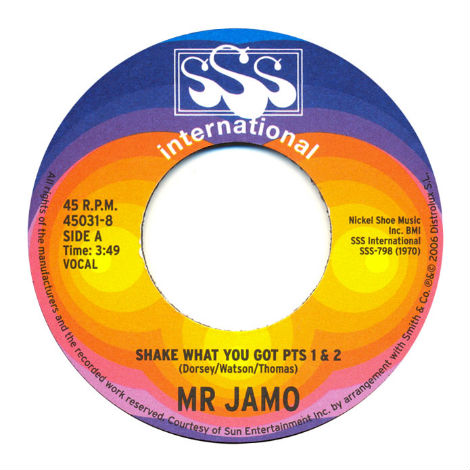
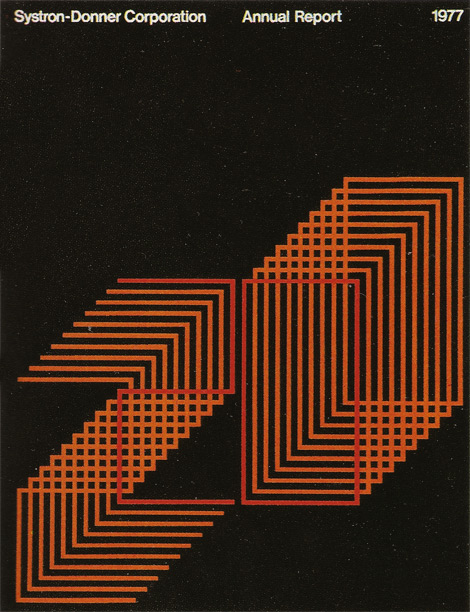
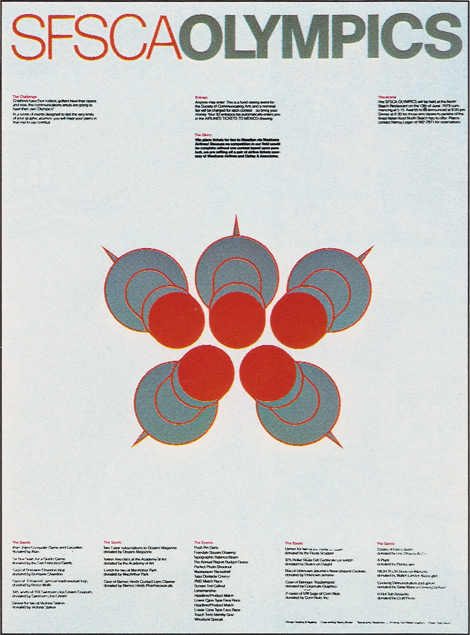



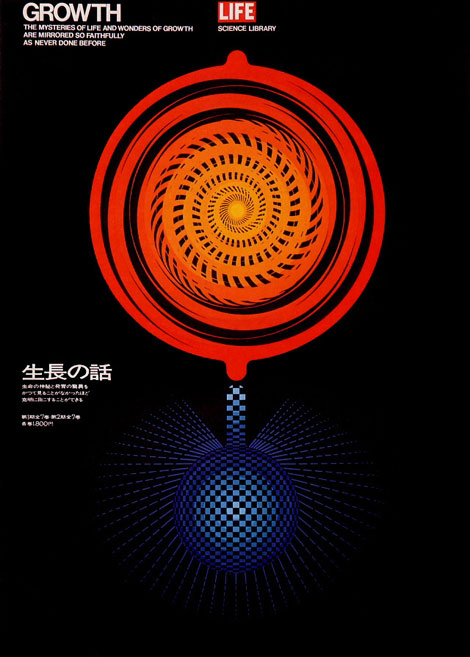

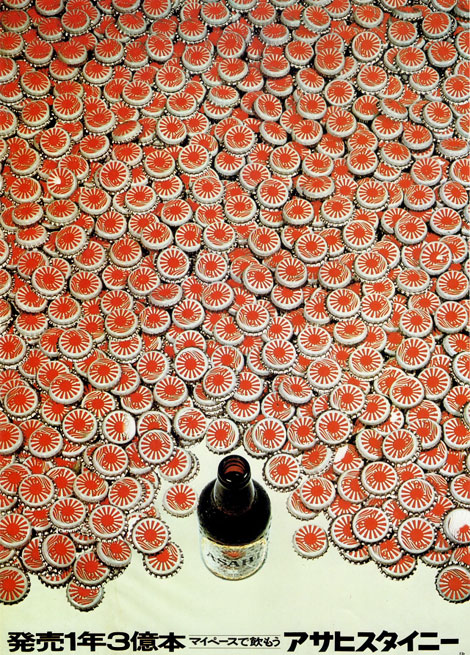

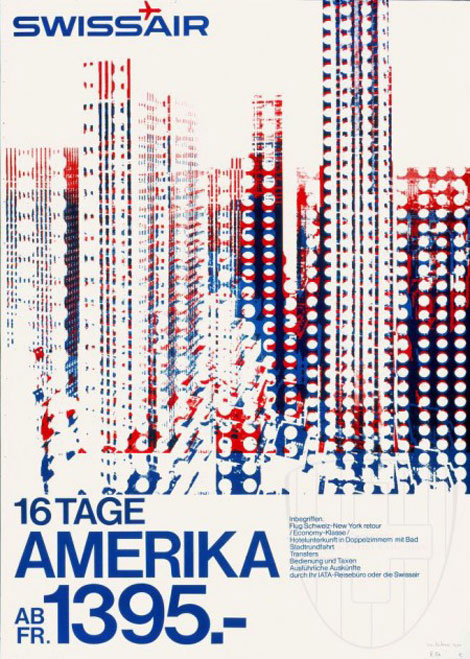

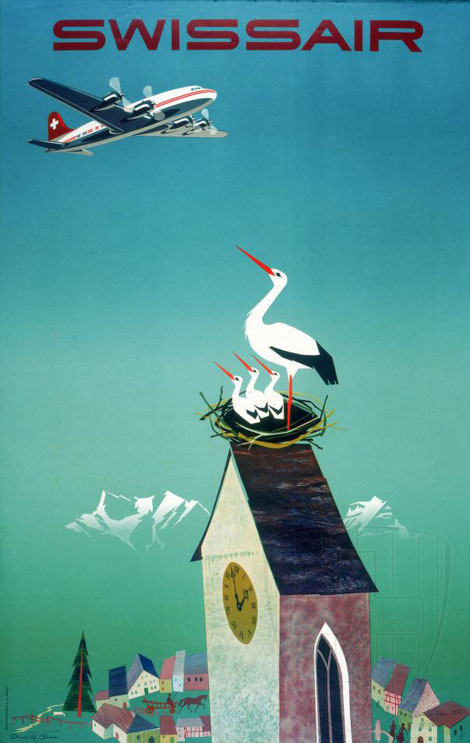
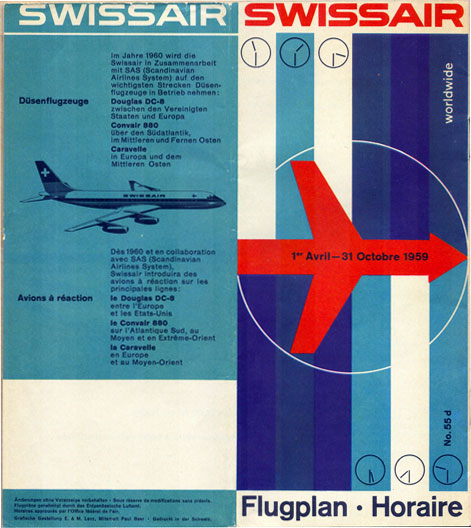
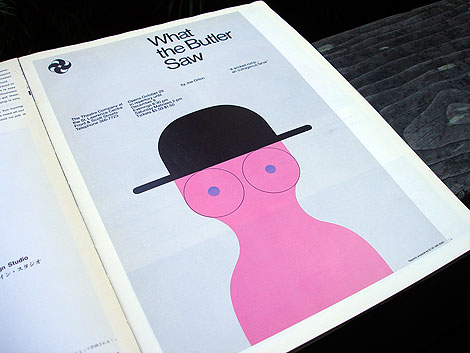
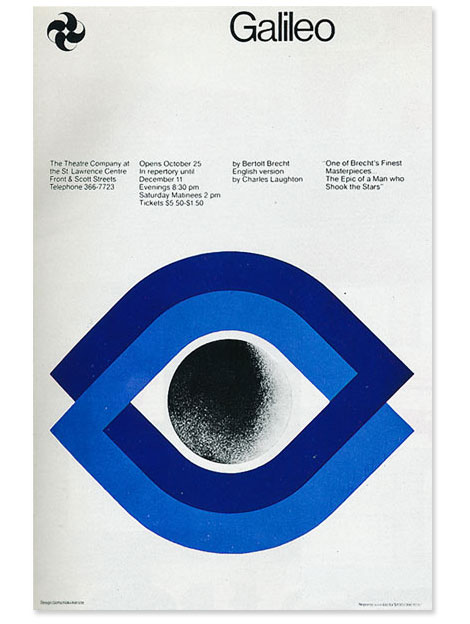
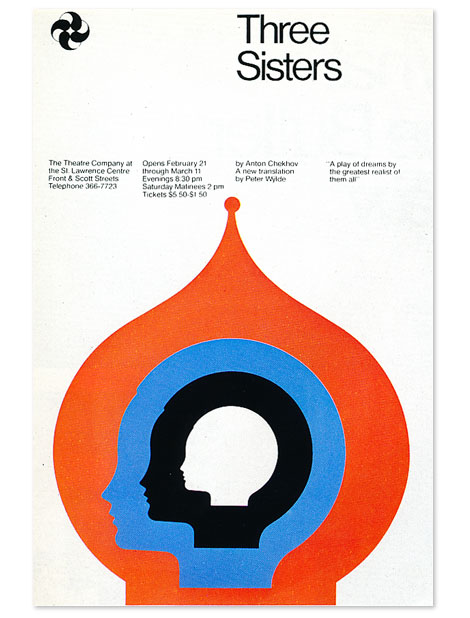

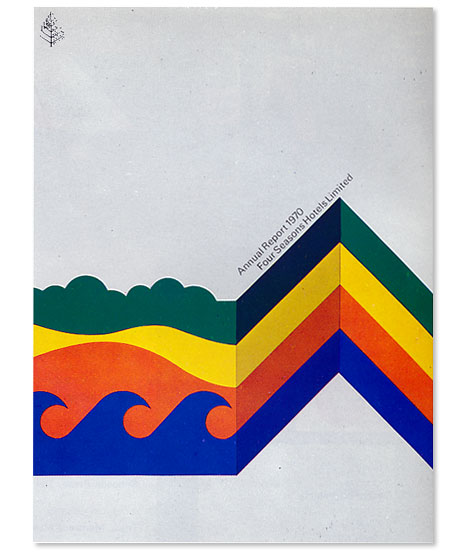
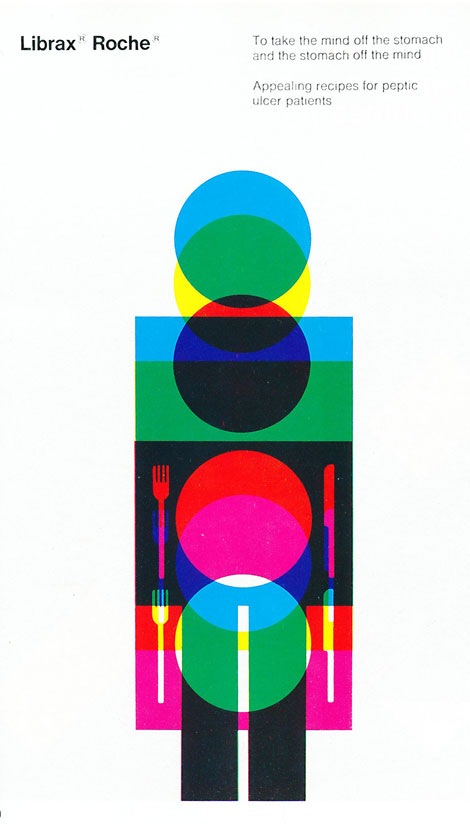
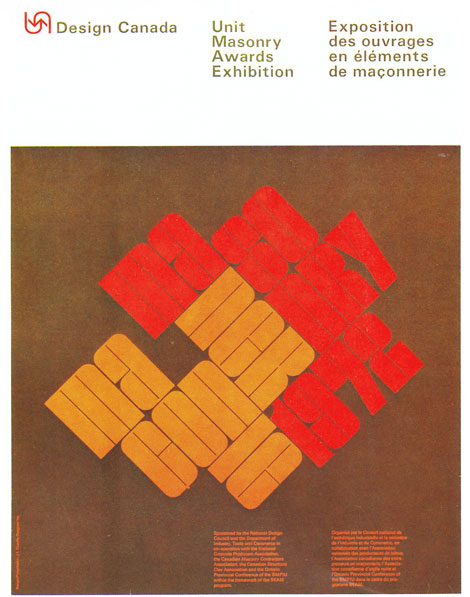

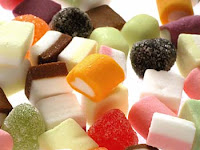
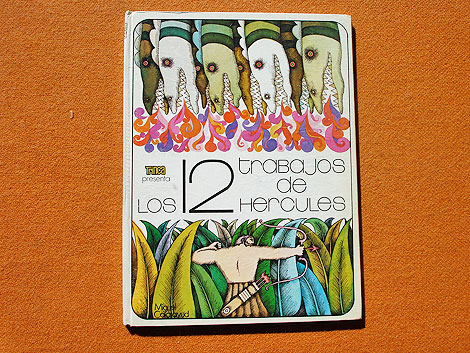
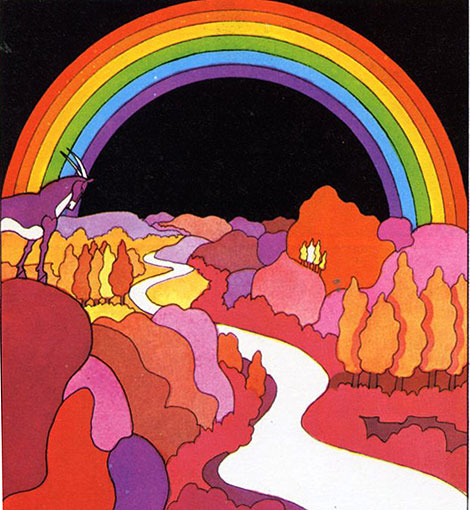
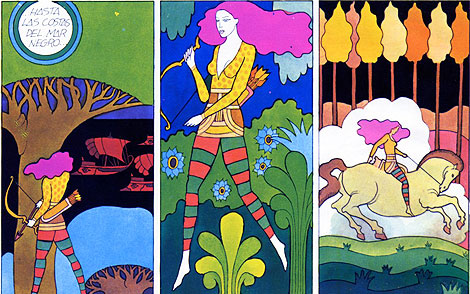
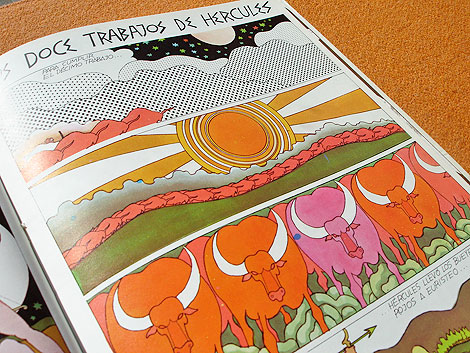
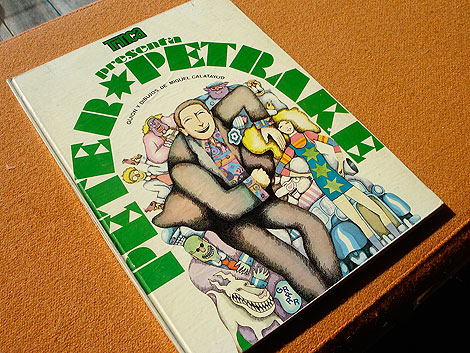
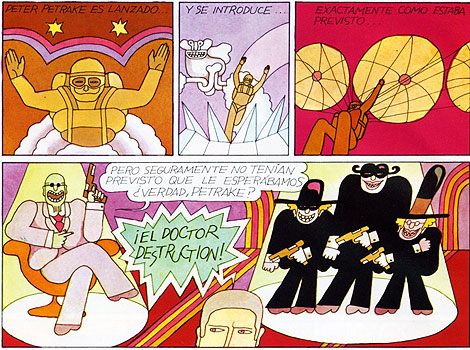

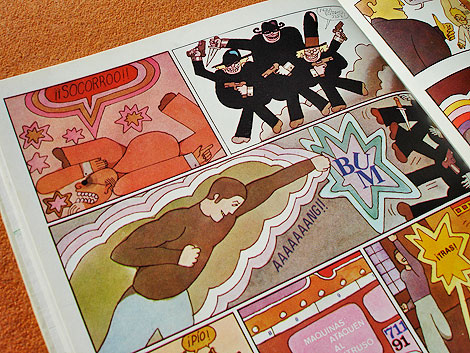
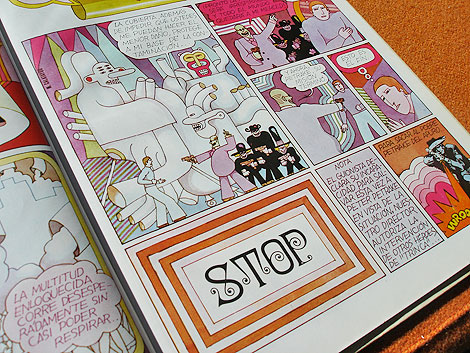
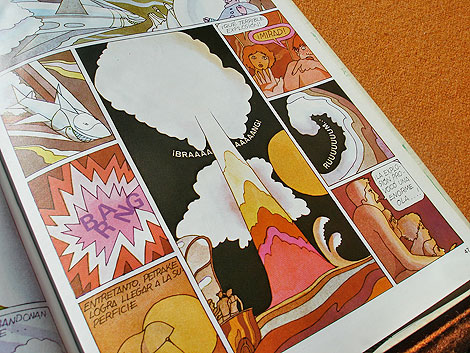
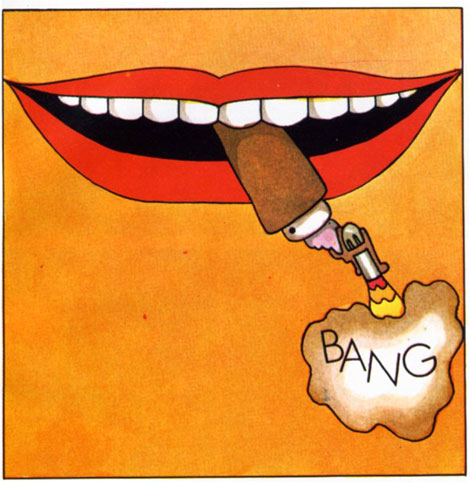
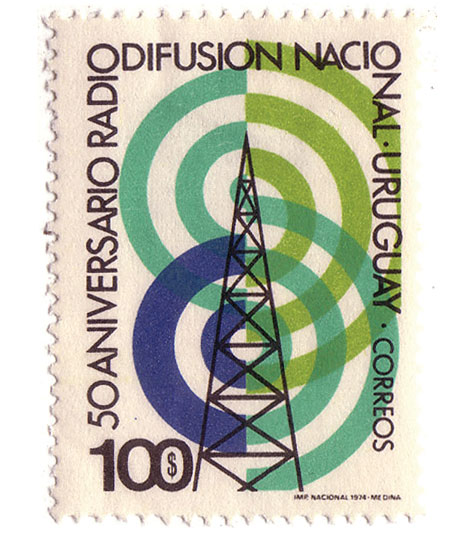


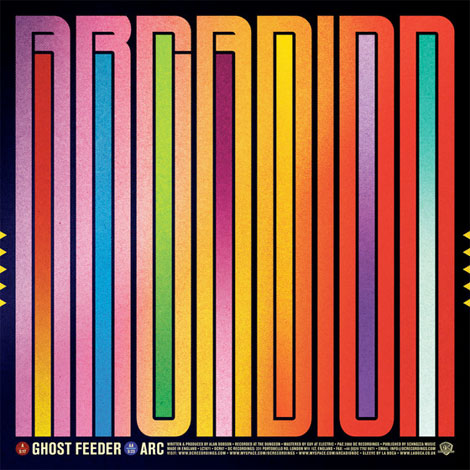
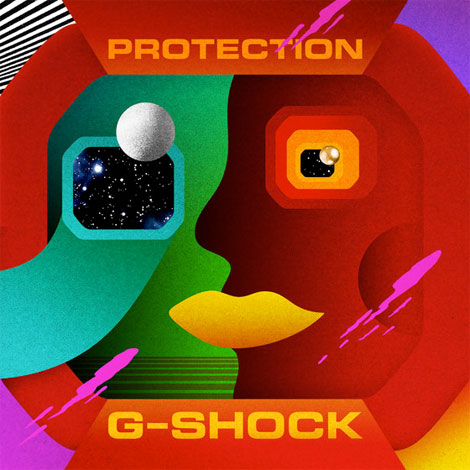


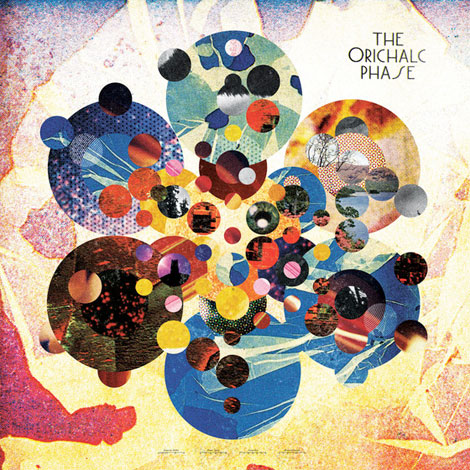
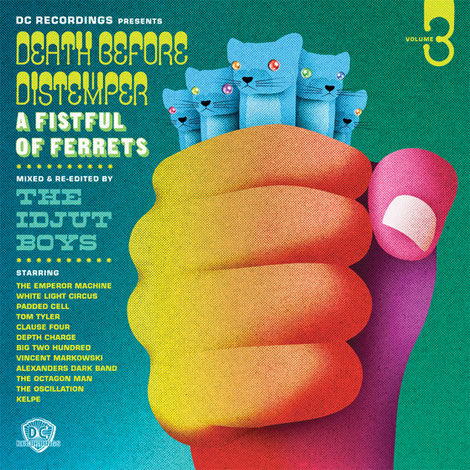
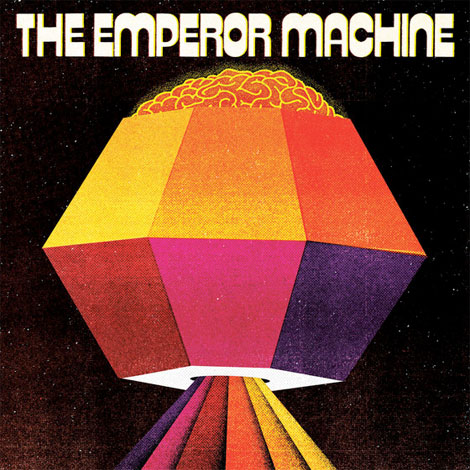

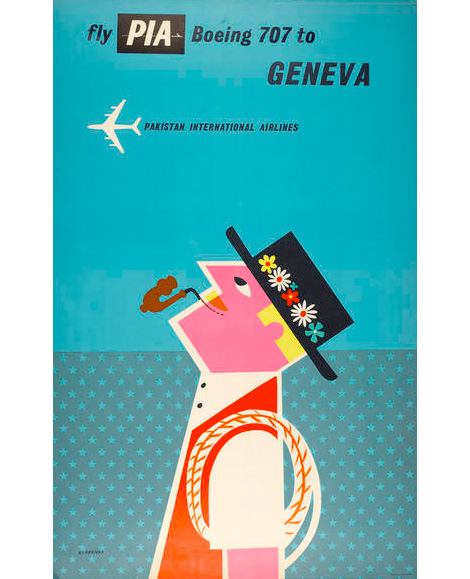
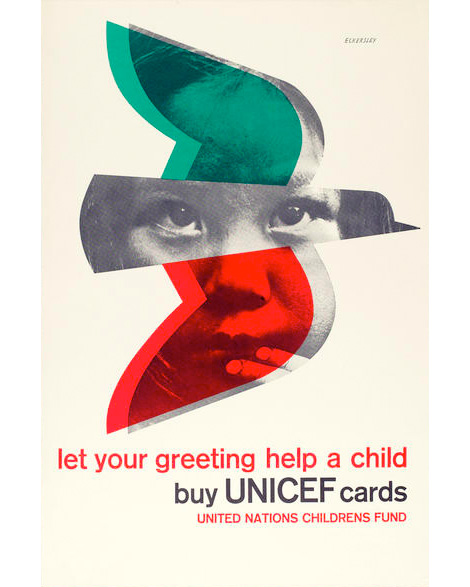
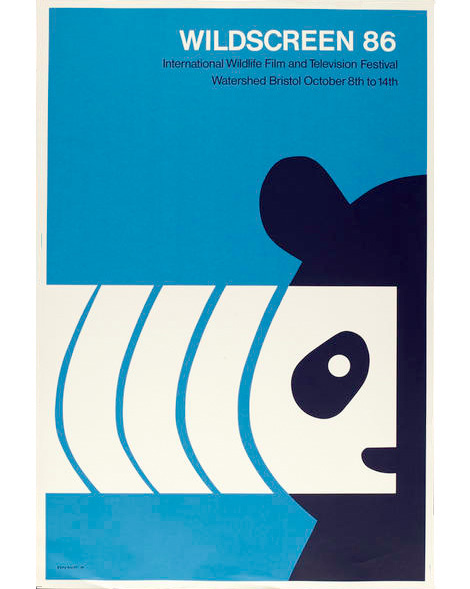
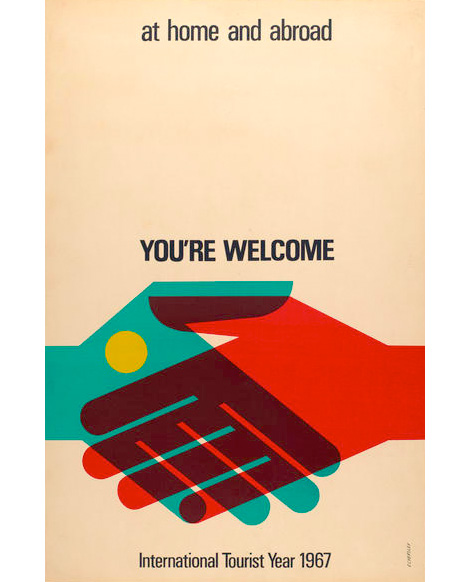
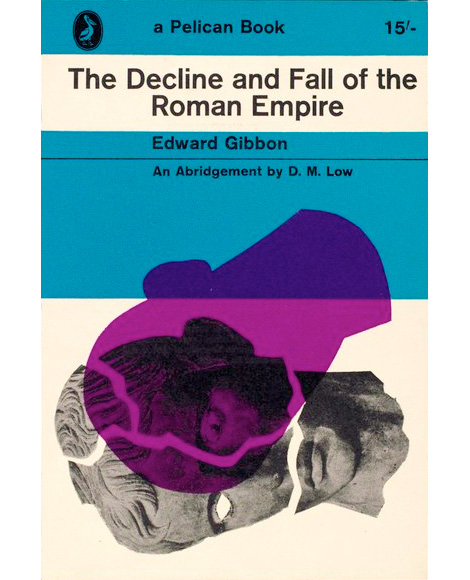
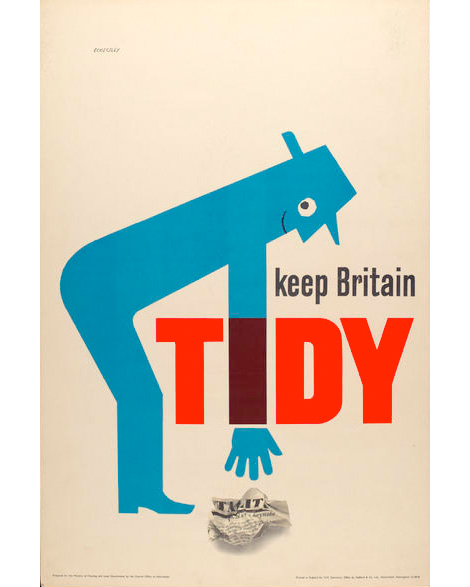









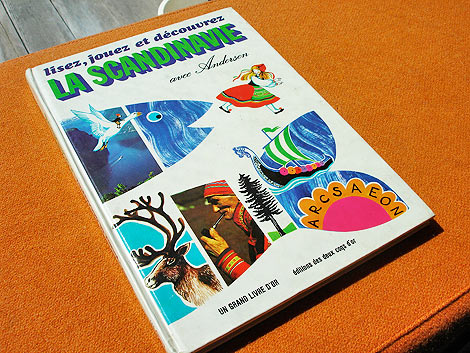
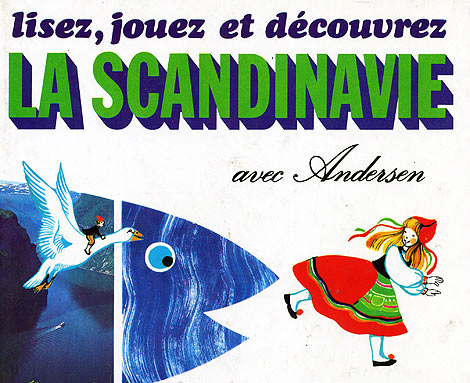
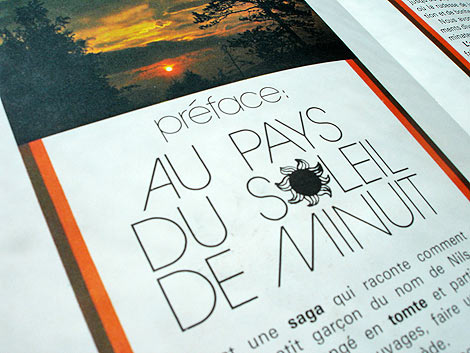
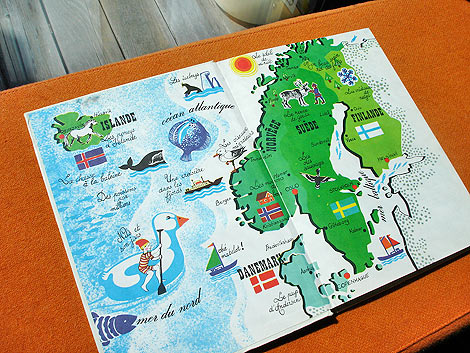
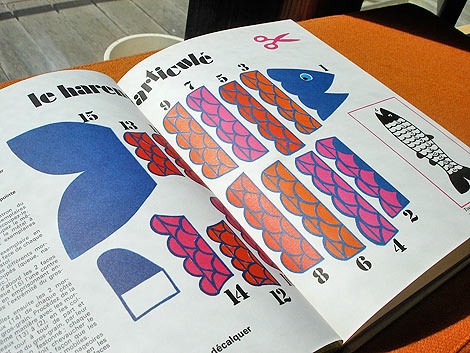
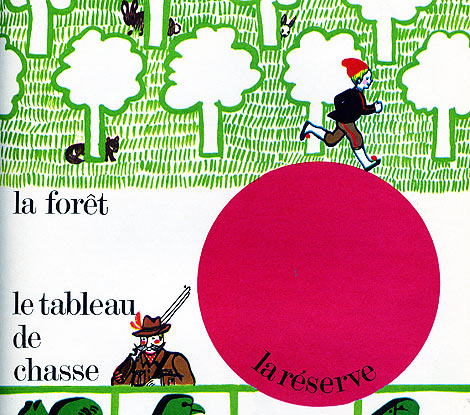

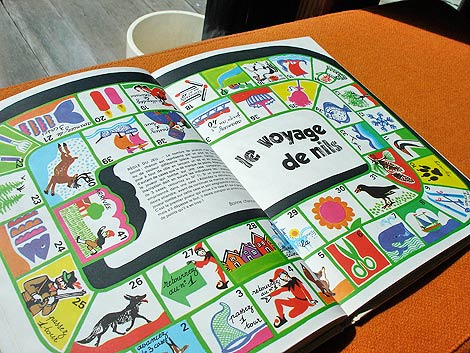
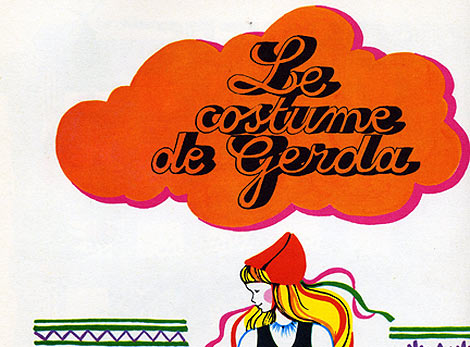

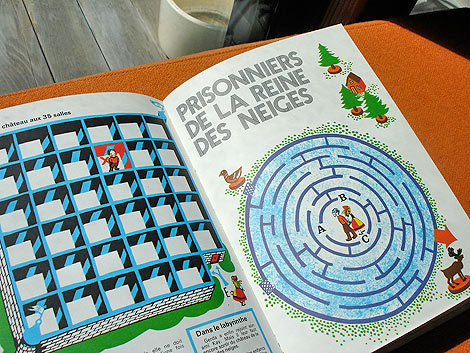
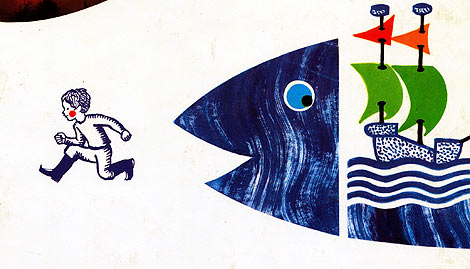
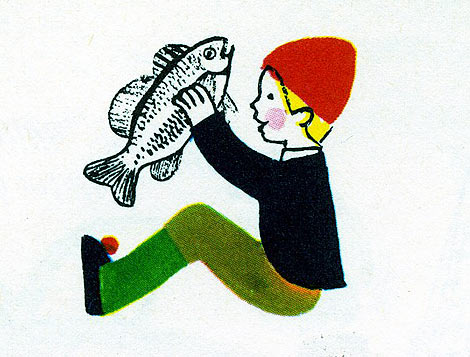
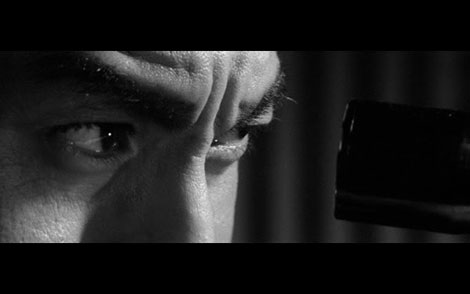
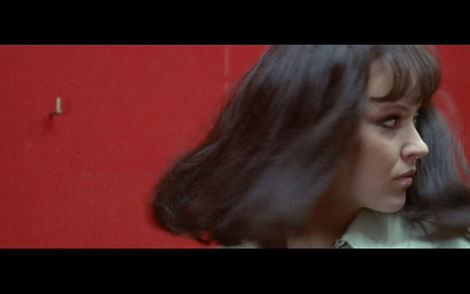
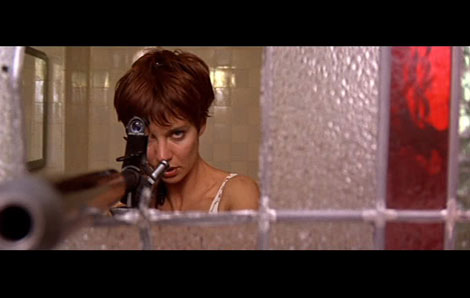
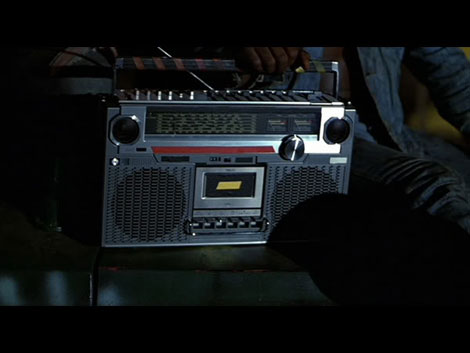
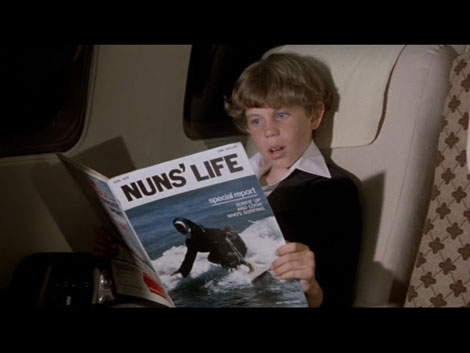
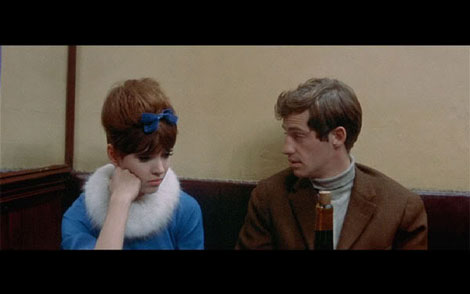
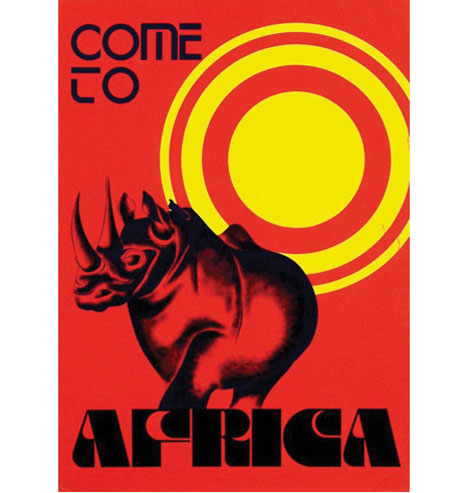
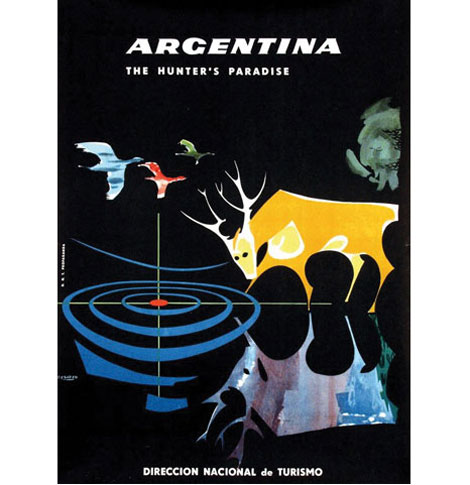
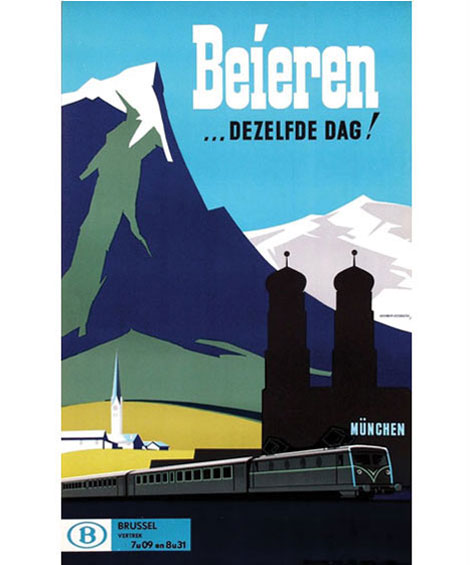
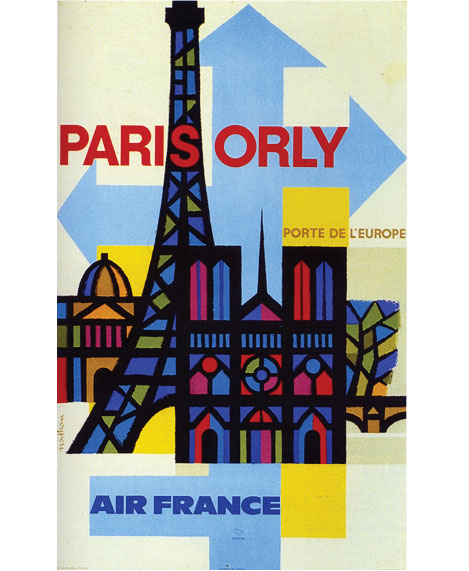
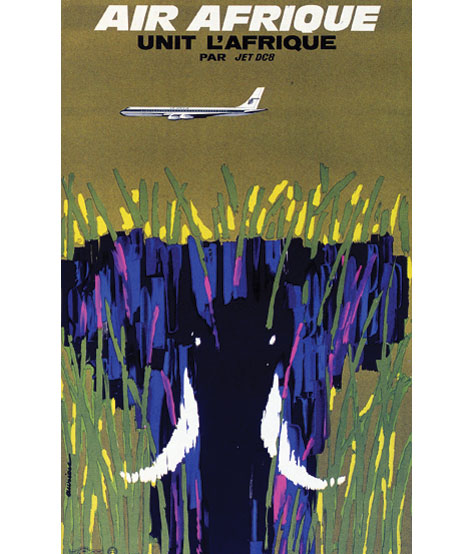
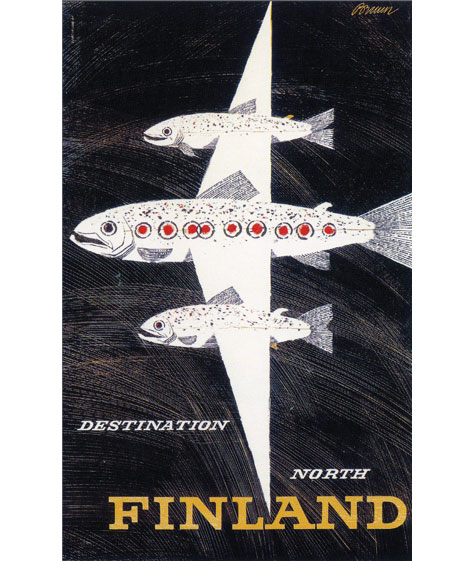
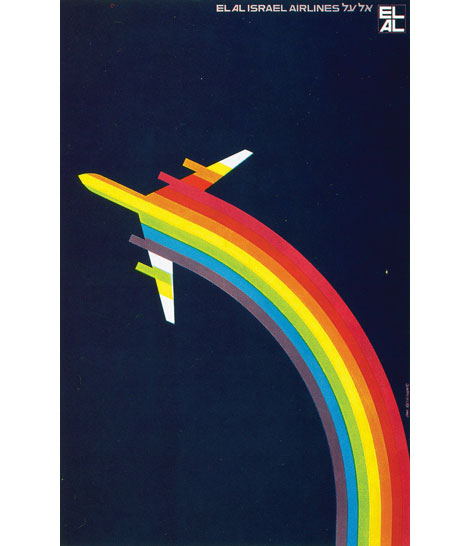
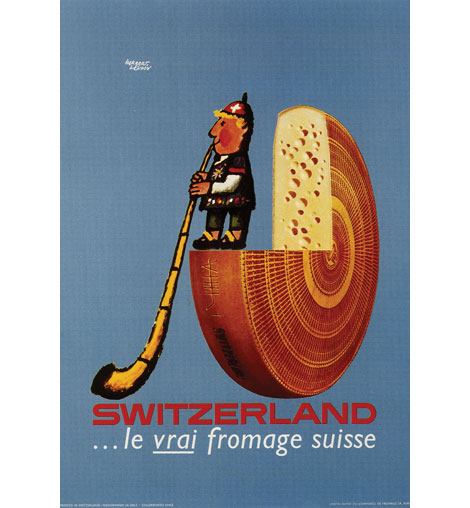

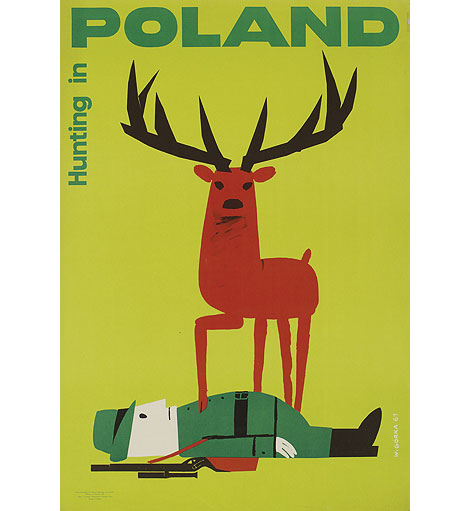

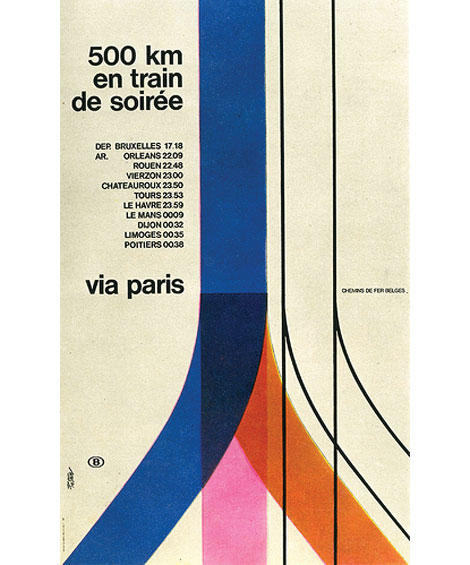




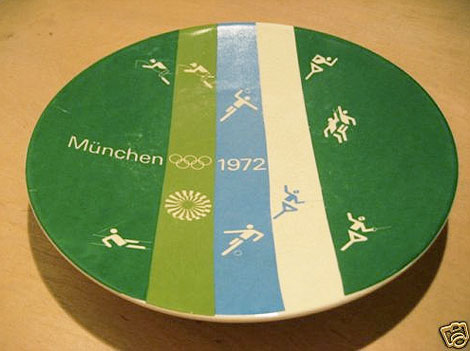
I google searched "Rowntrees Tiger Tots" and your blog was the forth entry. :-D
Success at last. :D
Ooohh...I love Dolly Mixtures.
Last time I was in the UK I was dismayed that I couldn't find Caramac bars any more. Loved those, even if I may have spelled it wrong...
Oh, we still have those. I'm sure I've seen them somewhere.
Woot on the story!
I wish soda tasted the way it did when I was a kid : P American soda tastes like a sweaty ballsack these days.
I have never had these Tiger Tots, but your post has convinced me I might like some too. And now they are not only extinct, but never even existed on my side of the pond! WAAAAUGH!
I'd never heard of Tiger Tots or a Dolly mix. I think we call them party mix over here, not sure. I'm more of a Cheezels/potato chip fan.
Natalie, I'm lucky, I never have liked soda.
Katey, if I ever time travel, I'll send little you a packet.
Danielle, my tooth is far too sweet.
Good luck on the time travel story!
Did you get your Tiger Tots yet? Those future time travelers are such slackers.
I miss flavored Tootsie Rolls from my childhood, but at least they still make them. They're just really hard to find and you have to buy them in expensive packages of mixed candy, then pick out the good stuff.
Kate :( or maybe :) - because if I did get them, maybe said time traveller made me sign a contract to say I never did.
I googled "Rowntrees Tiger Tots" for the heck of it, and yours was the sixth hit.
At any rate, I'm saving my time travel technology for Patton Oswalt, so he can go back in time and beat George Lucas to death with a shovel. :)